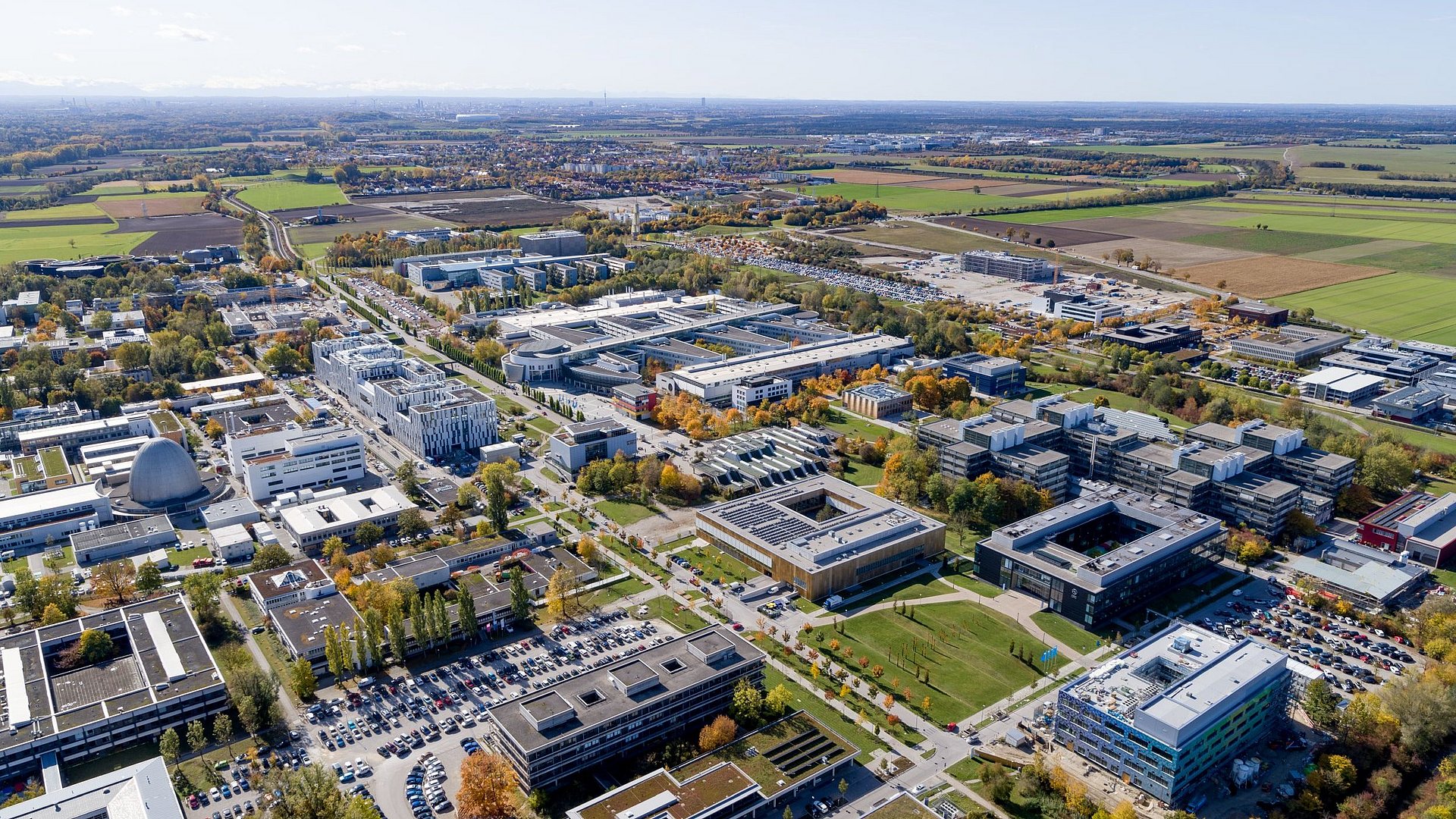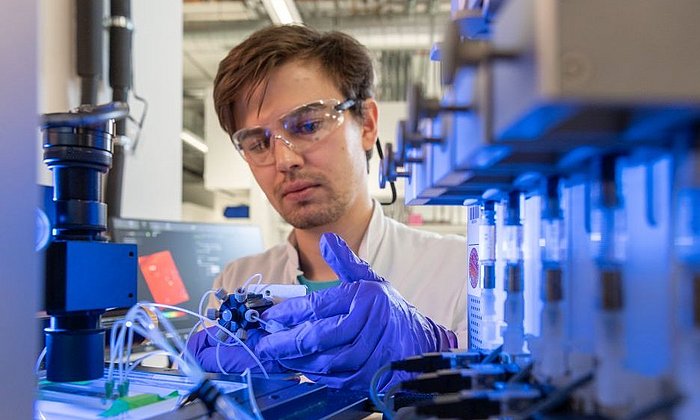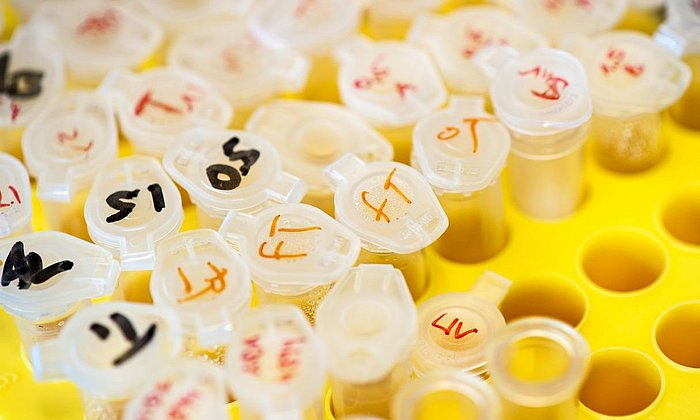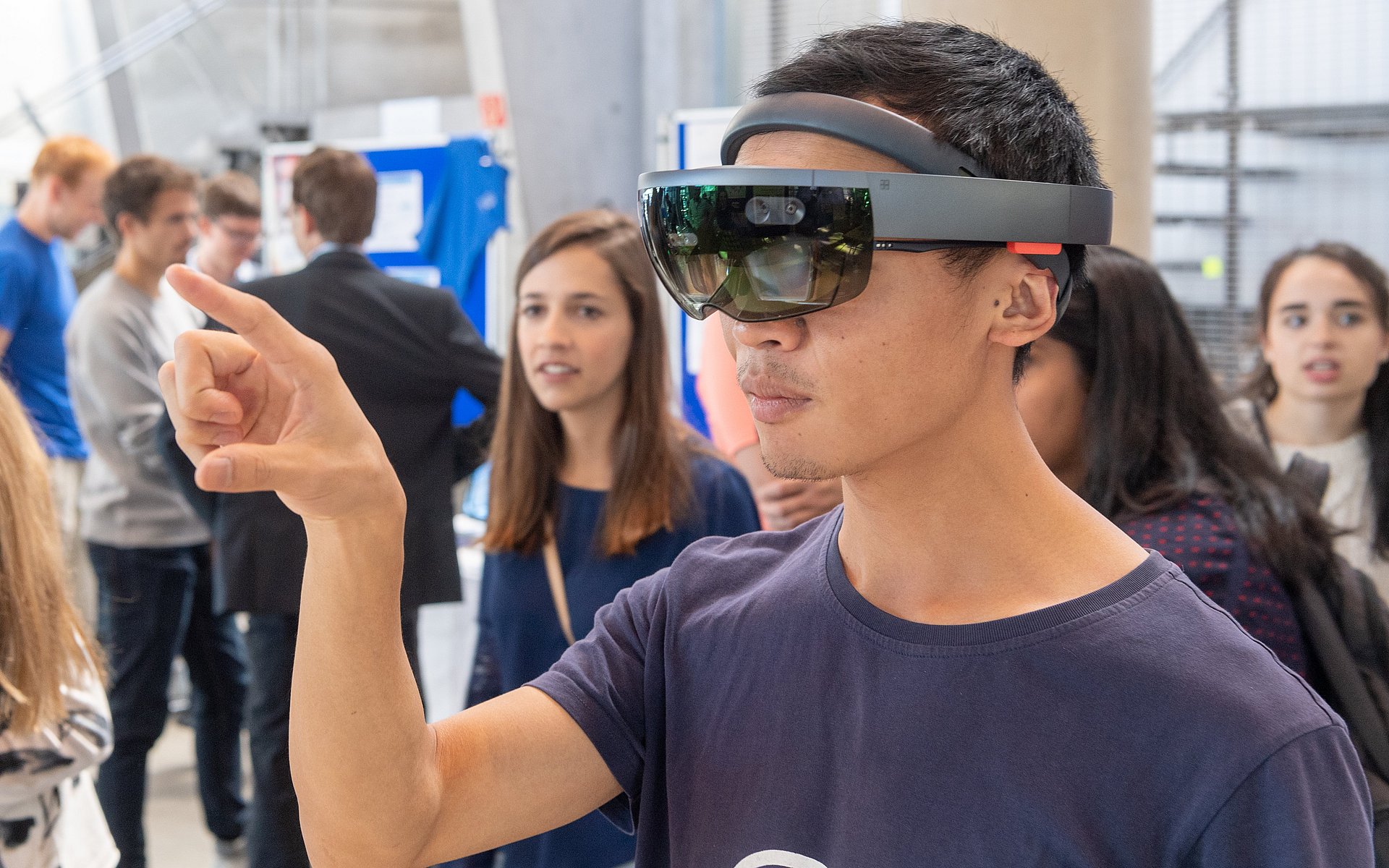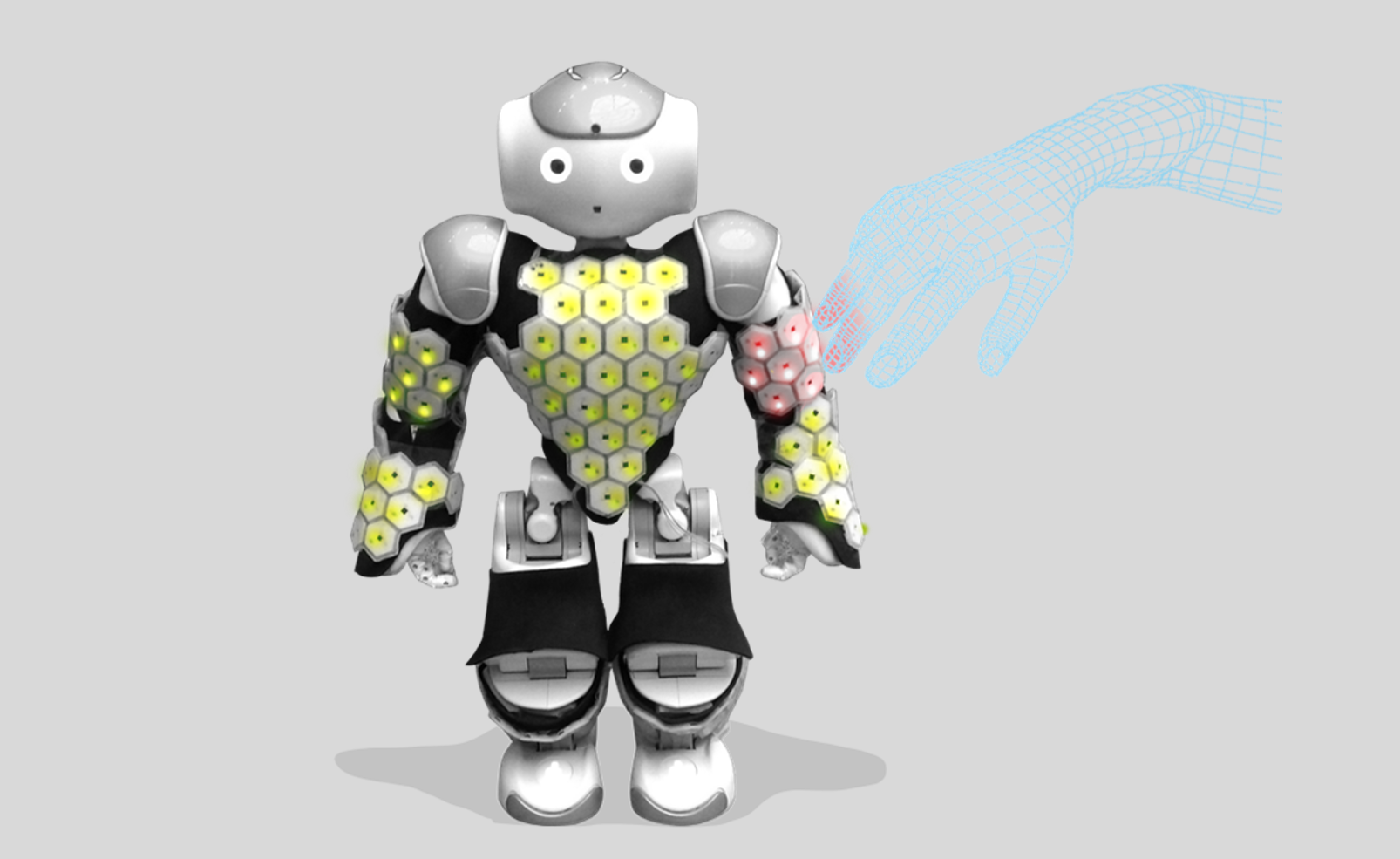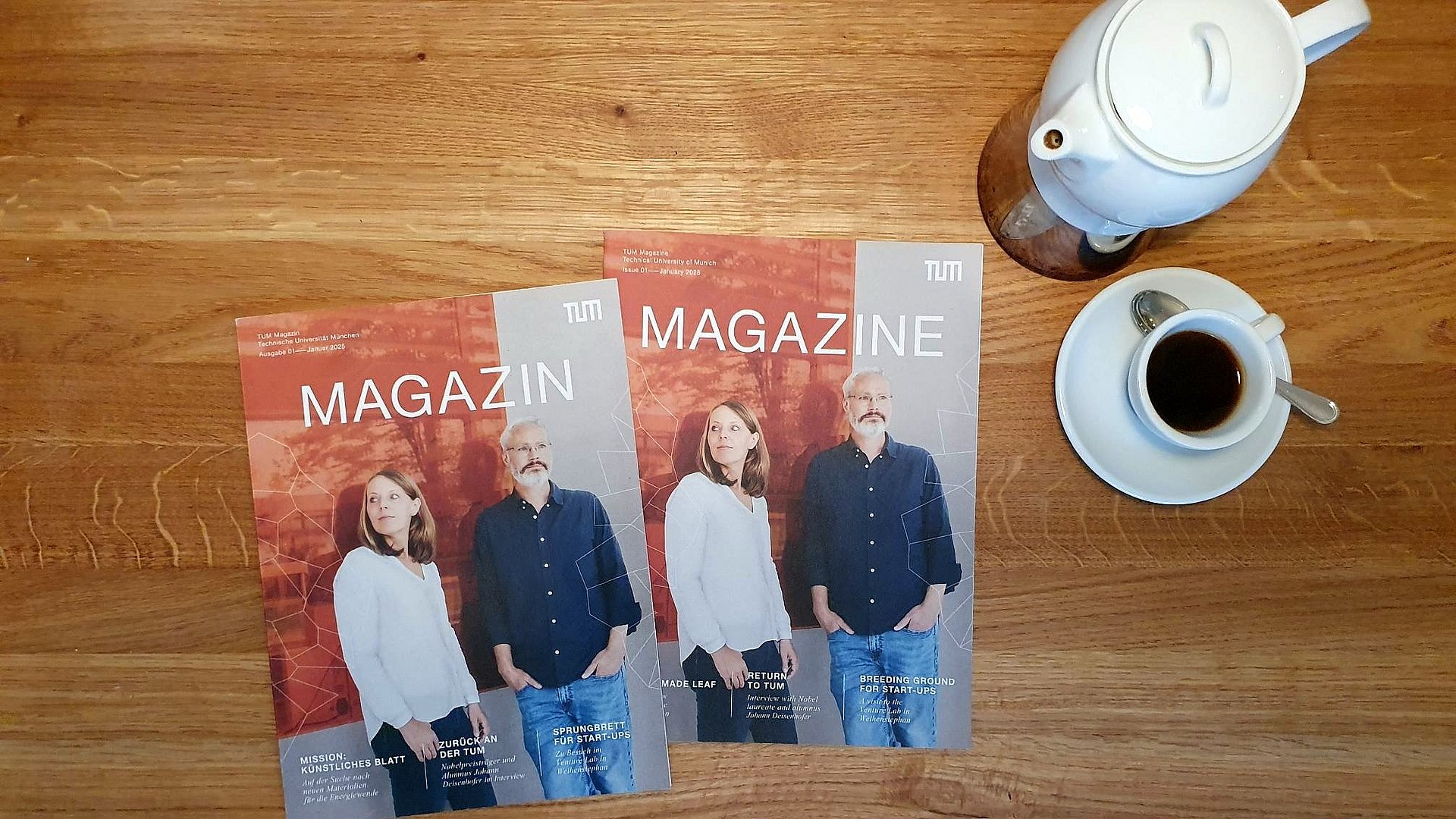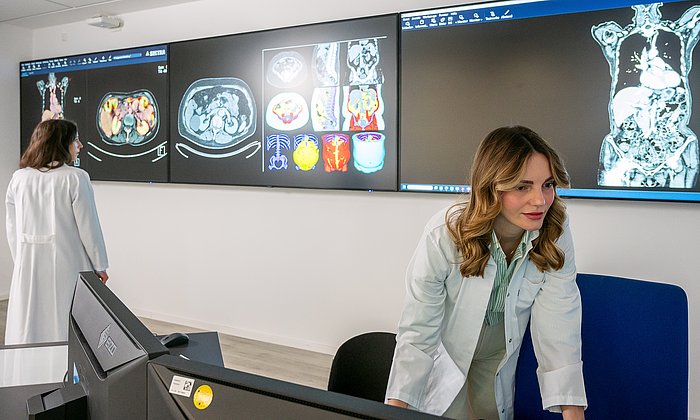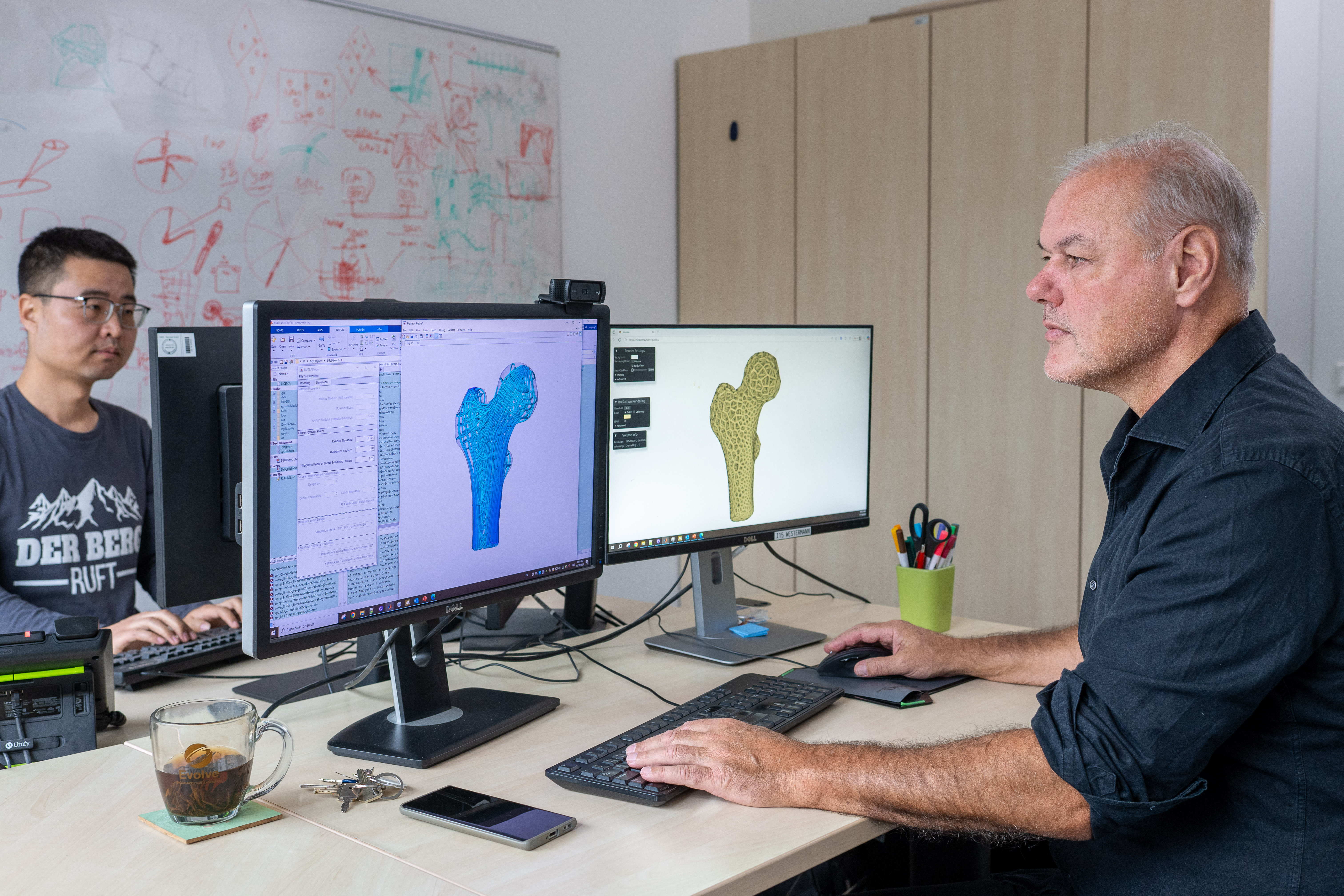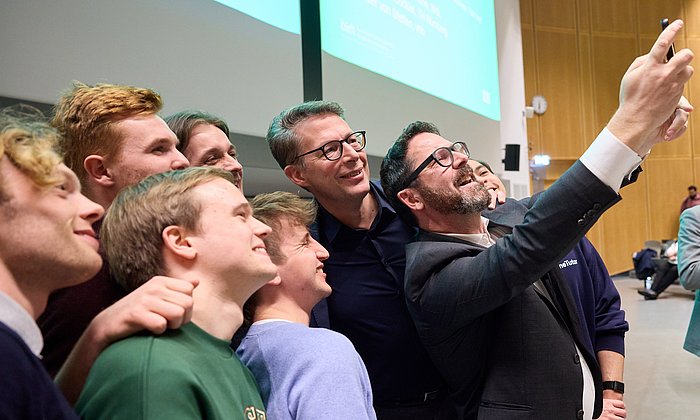Research Enabling Change
Exploring the origins of the universe and the foundations of life, seeking solutions to the major challenges of our time – from students to Nobel Prize laureates, our university community creates inspiration, new knowledge and innovation.
In research and innovation, we work at the interface between technology, economics, politics, society and ecology. We want to launch trustworthy innovations that are accepted and needed in society. To this end, our scientists conduct interdisciplinary, operationally agile and creative research. “Society-centered research and innovation” is the goal we have set ourselves. We therefore pursue a holistic approach and take into account economic, ecological, social, political and ethical/moral consequences and risks.
Interview about society-centered research and innovation
"Making innovations trustworthy and socially acceptable"
What role can design play at a technical university? And how does the discipline help to make research and innovation more society-centered? President Prof. Thomas F. Hofmann and Prof. Annette Diefenthaler, founding director of the Munich Design Institute, discuss this in an interview.
Natural sciences, medicine and social sciences at the top
TUM to receive funding for seven Clusters of Excellence
TUM has once again made a successful start to the highly competitive Excellence Strategy of the German federal and state governments: In the future, seven Clusters of Excellence at TUM and its cooperation partners will be funded, as announced by the German Research Foundation (DFG). Four existing clusters were able to prove themselves in the international review process and will be funded for a further seven years. In addition, there are three new Clusters of Excellence.
A selection of key research areas
Inventions and discoveries
Rapid mobility after a stroke
Stroke victims can learn to move impaired limbs again using a system of electrical stimulation and an exoskeleton. TUM researchers developed and tested this application.
Catalysis research: PhD student Yixiao Zhang
New resources from waste products
Researchers around the world are looking for ways to sustainably purify contaminated wastewater. In her doctoral thesis, electrochemist Yixiao Zhang is developing nanoparticles that act as highly efficient catalysts. This allows waste products to be converted into new and valuable resources such as the fertilizer component urea. This makes its production more efficient and saves energy.
Excellent infrastructure for research
Inventions and discoveries
Early warning system for forest fires
The warning app, developed by TUM founders, combines satellite heat measurements with local weather data and camera systems to search for sources of fire anywhere in the world.
Research goals
We explore the fundamentals of life and find solutions to major societal challenges. In doing so, we always put people at the center.
Schools and research centers
The foundation of our university is formed by seven Schools, which are linked at the interface of disciplines by integrative research institutes.
Faculty
At TUM, 698 professors research and teach. Get to know this international group of outstanding scientists.
We develop innovative technologies not for the sake of it, but for people and nature.
President of Technical University of Munich
Experience research
We share our curiosity, knowledge and fascination with people from our university and beyond, and create new paths into the future.
150 Years of TUM – anniversary stories
Curiosity and an entrepreneurial spirit have been at the heart of TUM for more than 150 years. From the first viable refrigerator to robots capable of feeling to the sandwich molecule – researchers have made numerous inventions and discoveries during that period that still shape our lives today.
TUM magazine
Groundbreaking research, innovative start-up ideas, inspiring alumni, exciting news from studying, teaching and campus life - this is what our new TUM Magazine offers you every six months as a print edition and at any time online.
Inventions and discoveries
Imaging for the protection of chicks
The TUM spin-off uses new imaging technology that allows eggs to be examined without contact to determine their fertilization status or the sex of the chicks.

